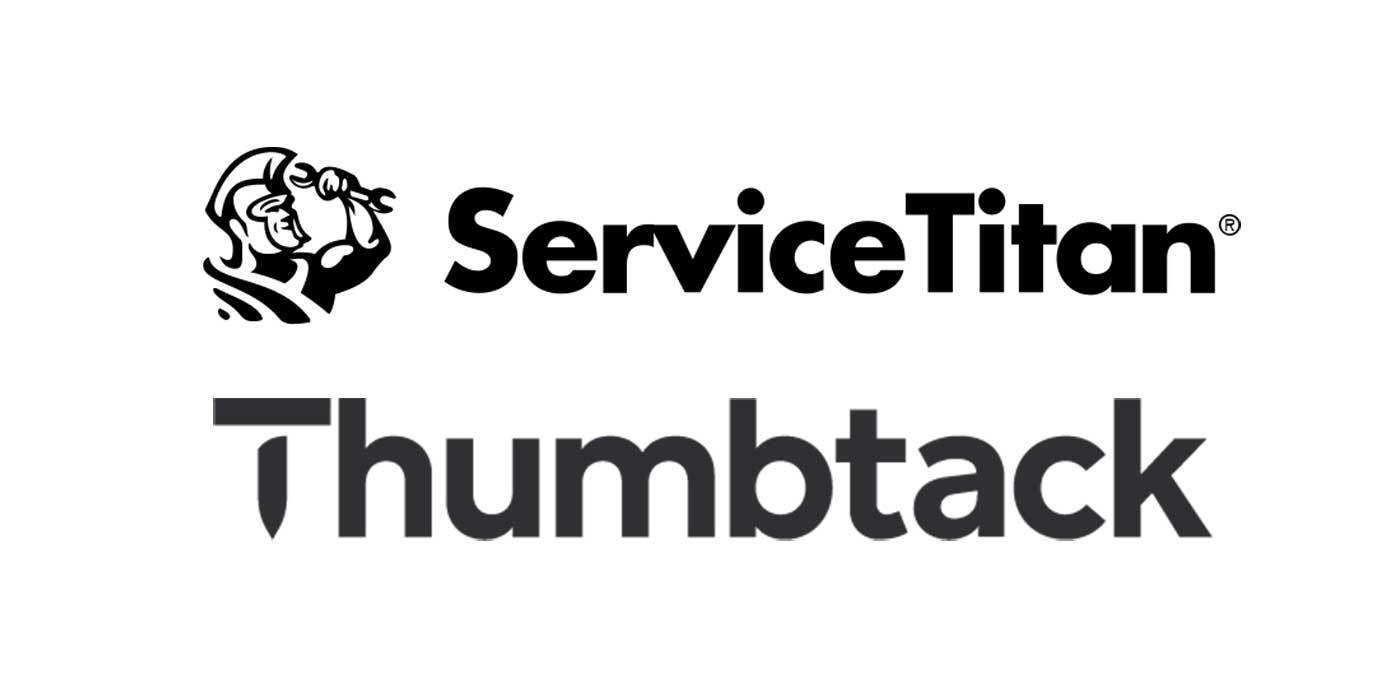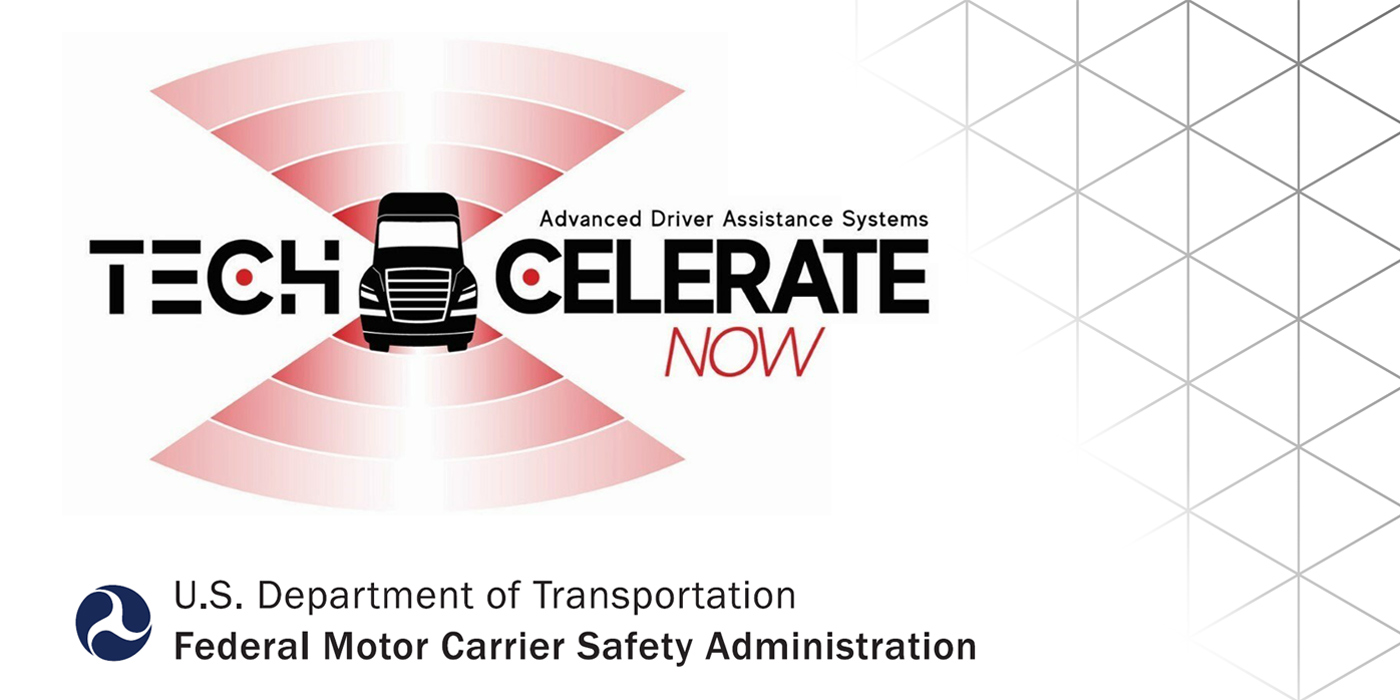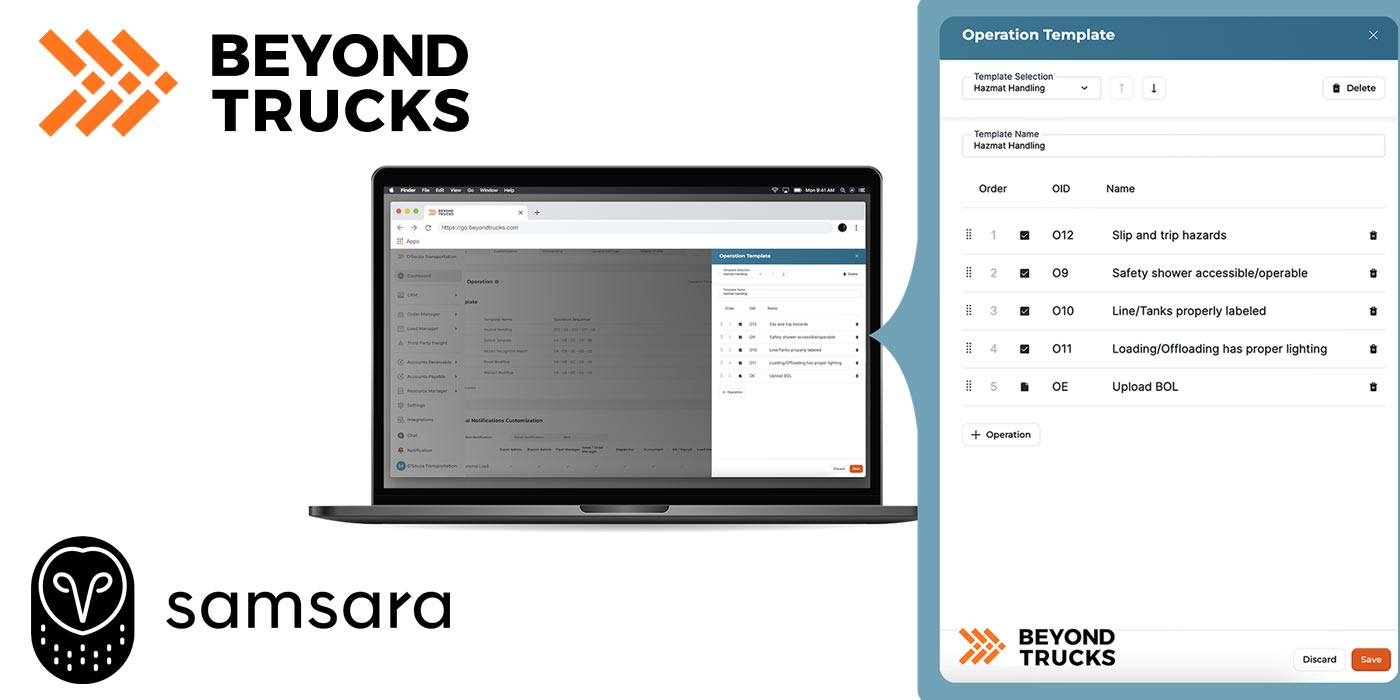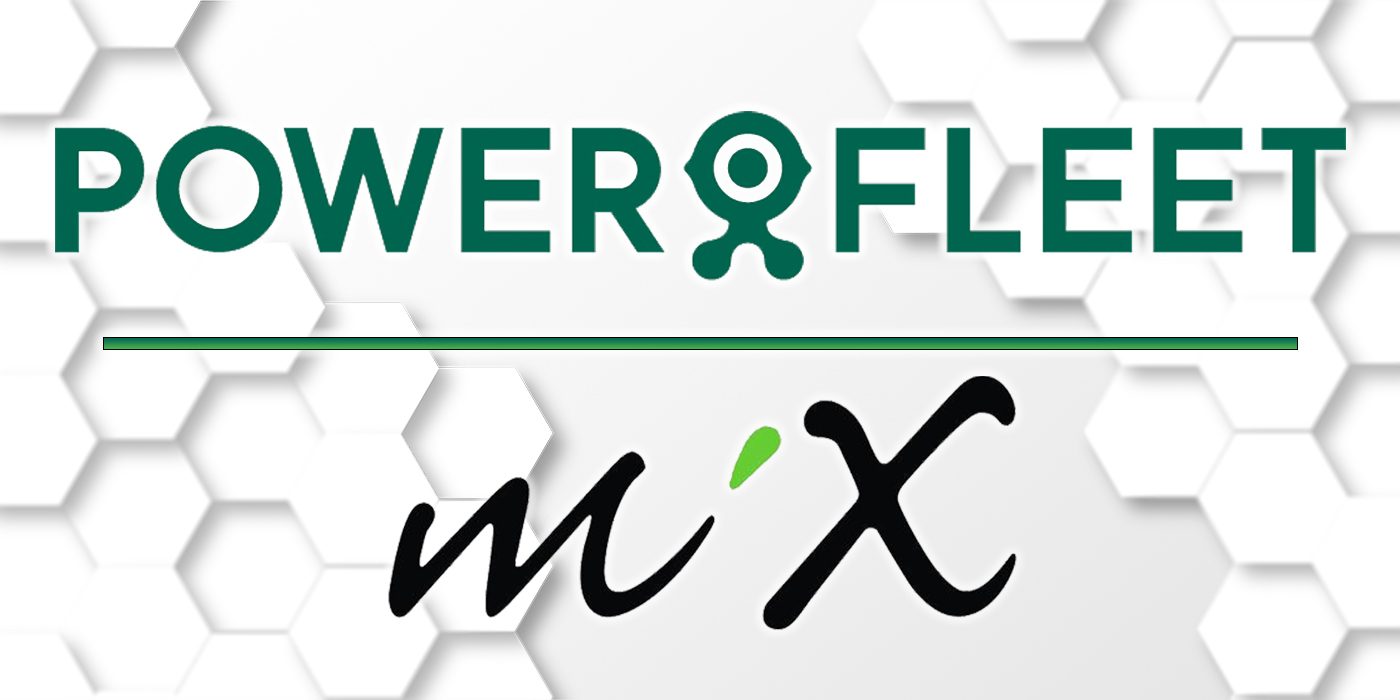Fleet Advantage has released its 2018 Truck Lifecycle Data Index (TLDI) comparing all-in operating costs of early-model Class 8 trucks to 2019 model-year replacements. The TLDI serves to provide a snapshot of the cost savings involved, based on actual fleet truck utilization data, when replacing older trucks with newer, more efficient vehicles.
With diesel costs rising and fuel representing 61% of Total Cost of Ownership, transportation companies can realize a first-year savings of $26,687 when upgrading from a 2012 sleeper model-year truck to a 2019 model, according to the TLDI. This represents a 15.5% increase in savings compared with a similar analysis a year ago upgrading to a 2017 model when diesel prices registered $2.57. Based on data analytics from Fleet Advantage’s Advanced Truck Lifecycle Administrative Analytics Software (ATLAAS), these calculations remain a critical part of a fleet’s asset procurement strategy, which includes identifying the “Tipping point” – the point at which a truck reaches economic obsolescence, and costs more to operate than to replace with newer equipment.
|
Sleeper-“All In” Cost Comparison |
||||||||
|
Model Year |
Approximate All In Cost |
2019 Model Year All in Cost |
Savings |
2019 MY Year One Fuel Cost |
MY Fuel Expense |
Fuel Savings |
Fuel/CO2Saved |
|
|
2012 |
$92,606 |
$65,919 |
$26,687 |
$41,125 |
$50,076 |
$8,951 |
18% |
|
|
2013 |
$87,977 |
$65,919 |
$22,058 |
$41,125 |
$48,886 |
$7,761 |
16% |
|
|
2014 |
$82,215 |
$65,919 |
$16,296 |
$41,125 |
$47,681 |
$6,556 |
14% |
|
|
2015 |
$80,953 |
$65,919 |
$15,034 |
$41,125 |
$46,469 |
$5,344 |
12% |
|
|
2016 |
$76,433 |
$65,919 |
$10,514 |
$41,125 |
$45,379 |
$4,254 |
9% |
|
|
2017 |
$70,493 |
$65,919 |
$4,574 |
$41,125 |
$44,280 |
$3,155 |
7% |
|
|
2018 |
$69,391 |
$65,919 |
$3,472 |
$41,125 |
$43,176 |
$2,051 |
5% |
|
Diesel prices and fuel economy play a critical role in the decision to replace an aging truck with a newer, more efficient unit. However, other factors are an important part of a fleet’s truck procurement strategy. Understanding the role maintenance and repair (M&R) costs have on an older truck are vital, as well as how the new corporate tax rate and FASB accounting standards affect truck acquisition and the bottom line. These are all major reasons why fleets today are changing from long-term ownership to shorter-term, innovative lease programs.
In addition to realizing significantly better cost savings from fuel economy gains, fleets will also achieve an estimated 18% reduction in CO2 emissions and 46% reduction in NOx output when upgrading from a 2012 model-year sleeper to a new 2019 unit.
|
Emissions Scorecard |
||||
|
2012 MY SLEEPER VS 2019 MY Sleeper |
||||
|
2012 Model Year |
2019 Model Year |
REDUCTION (METRIC TONS) |
REDUCTION (%) |
|
|
CO2 |
153 MTs |
126 MTs |
27 |
18% |
|
PM |
0.003 MTs |
0.001 MTs |
0.002 |
78% |
|
NOX |
0.103 MTs |
0.056 MTs |
0.047 |
46% |
|
FUEL |
15,221 GAL |
12,500 GAL |
2,271 |
18% |
“Truck acquisition strategies are undergoing a major evolution currently, as fleets are beginning to leverage data analytics to better understand actual truck utilization rates comparing older units with newer, more efficient ones,” said Jim Griffin, chief operating officer and chief technology officer of Fleet Advantage. “Our ability to track accurate, live data from our clients’ trucks is a leading reason why so many fleets are now basing their truck procurement strategies off our ATLAAS platform, saving them millions on their bottom line.”













